Technical Evaluation of a PV-Diesel Hybrid System with Energy Storage: Case Study in the Tapajós-Arapiuns Extractive Reserve, Amazon, Brazil †
Abstract
1. Introduction
2. Autonomous Hybrid Energy Systems
3. Methodology
3.1. Calculation of the Output Power of the Photovoltaic Array
3.2. KiBaM Battery Model
3.3. Diesel Generator Set
4. Case Study
4.1. Locality Characterization
4.2. Load Profile
4.3. Solar Energy Potential
4.4. Assessment of Wind Energy Potential
4.5. PV-Diesel System Description
5. Results and Discussion
5.1. Analysis of the Daily Variation of the Minimum Load Profile
5.2. Energy System Analysis with Diesel Generator Set
5.3. Hybrid Photovoltaic-Diesel System
6. Conclusions
Author Contributions
Acknowledgments
Conflicts of Interest
Abbreviations
| AC | Alternating current |
| CEAPS | Centro de estudos avançados de promoção social e ambiental |
| CEFA | Centro experimental floresta ativa |
| DC | Direct current |
| DGS | Diesel generator set |
| HES | Hybrid Energy Systems |
| HOMER | Hybrid optimization of multiple energy resources |
| KiBaM | Kinetic battery model |
| MIGDI | Isolated electric energy generation and distribution system |
| NREL | National renewable energy laboratory |
| PV | Photovoltaic |
| SIGFI | Individual generation system of electricity with the intermittent source |
| SIN | Interconnected national system |
| SOC | State of charge |
| UN | United Nations |
References
- Ritchie, H.; Roser, M. Access to Energy. In Our World in Data—University of Oxford. Available online: https://ourworldindata.org/energy-access (accessed on 20 March 2020).
- Bank, W. World Development Indicators Online Database. The World Bank Group. 2019. Available online: https://datacatalog.worldbank.org/dataset/world-development-indicators (accessed on 2 March 2020).
- IEA. SDG7: Data and Projections. International Energy Agency. 2019. Available online: https://www.iea.org/reports/sdg7-data-and-projections (accessed on 2 March 2020).
- Viana, C. Governo prevê prazo de 7 a 10 anos para que luz chegue a 72 mil famílias da Amazônia. Agência Câmara de Notícias. Available online: https://www.camara.leg.br/noticias/617876-governo-preve-prazo-de-7-a-10-anos-para-que-luz-chegue-a-72-mil-familias-da-amazonia. (accessed on 3 March 2020).
- Pinho, J.T.; Barbosa, C.F.O.; Pereira, E.J.; Souza, H.M.S.; Blasques, L.C.M.; Galhardo, M.A.B.; Macêdo, W.N. Sistemas Híbridos—Soluções Energéticas Para a Amazônia; Ministério de Minas e Energia: Brasilia, Brazil, 2008.
- Ameen, A.M.; Pasupuleti, J.; Khatib, T. Simplified performance models of photovoltaic/diesel generator/battery system considering typical control strategies. Energy Convers. Manag. 2015, 99, 313–325. [Google Scholar] [CrossRef]
- Sechilariu, M.; Locment, F. Chapter 3—Backup Power Resources for Microgrid. In Urban DC Microgrid; Sechilariu, M., Locment, F., Eds.; Butterworth-Heinemann: Oxford, UK, 2016; pp. 93–132. [Google Scholar] [CrossRef]
- Varella, C.A.A.; Santos, G.S. Noções Básicas de Motores a Diesel. 2010. Available online: http://www.ufrrj.br/institutos/it/deng/varella/Downloads/IT154_motores_e_tratores/Literatura/No%E7%F5es%20B%E1sicas%20de%20Motores%20Diesel.pdf (accessed on 23 November 2019).
- Nehrir, M.H.; Wang, C.; Strunz, K.; Aki, H.; Ramakumar, R.; Bing, J.; Miao, Z.; Salameh, Z. A Review of Hybrid Renewable/Alternative Energy Systems for Electric Power Generation: Configurations, Control, and Applications. IEEE Trans. Sustain. Energy 2011, 2, 392–403. [Google Scholar] [CrossRef]
- Journeay-Kaler, P.; Mofor, L. Hybrid Power Systems; International Renewable Energy Agency: Abu Dhabi, UAE, 2013. [Google Scholar]
- Goodman, D. 20—Small modular reactors (SMRs): The case of developing countries. In Handbook of Small Modular Nuclear Reactors; Carelli, M.D., Ingersoll, D.T., Eds.; Woodhead Publishing Series in Energy; Woodhead Publishing: Cambridge, UK, 2015; pp. 485–500. [Google Scholar] [CrossRef]
- De Campos, R.A.S. Modelagem e Simulação de Grupo Gerador a Diesel Consumindo óleo Vegetal “In Natura” Enriquecido com Hidrogênio e Oxigênio Visando Melhorar sua Eficiência Energética. Master’s Thesis, Universidade Federal do Para, Belem, Brazil, 2015. [Google Scholar]
- Hauschild, L. Avaliação de Estratégias de Operação de Sistemas Híbridos Fotovoltaico-Eólico-Diesel. In Proceedings of the 2017 IEEE International Conference on Environment and Electrical Engineering and 2017 IEEE Industrial and Commercial Power Systems Europe, Milan, Italy, 6–9 June 2017; p. 117. [Google Scholar]
- Lau, K.; Yousof, M.; Arshad, S.; Anwari, M.; Yatim, A. Performance analysis of hybrid photovoltaic/diesel energy system under Malaysian conditions. Energy 2010, 35, 3245–3255. [Google Scholar] [CrossRef]
- De Oliveira Barbosa, C.F. Avaliação Tecnológica, Operacional e de Gestão de Sistemas híBridos Para Geração de Eletricidade na Região Amazônica. Master’s Thesis, Universidade Federal do Para, Belem, Brazil, 2006. [Google Scholar]
- Sandeep, G.; Vakula, V.S. Optimal combination and sizing of a standalone hybrid power system using HOMER. In Proceedings of the 2016 International Conference on Electrical, Electronics, and Optimization Techniques (ICEEOT), Chennai, India, 3–5 March 2016; pp. 4141–4144. [Google Scholar] [CrossRef]
- Singh, A.; Baredar, P.; Gupta, B. Computational Simulation and Optimization of a Solar, Fuel Cell and Biomass Hybrid Energy System Using HOMER Pro Software. Procedia Eng. 2015, 127, 743–750. [Google Scholar] [CrossRef]
- Lal, D.; Bhusan Dash, B.; Akella, A. Optimization of PV/Wind/Micro-Hydro/Diesel Hybrid Power System in HOMER for the Study Area. Int. J. Electr. Eng. Inform. 2011, 3, 307–325. [Google Scholar] [CrossRef]
- Asrari, A.; Ghasemi, A.; Javidi, H. Economic evaluation of hybrid renewable energy systems for rural electrification in Iran—A case study. Renew. Sustain. Energy Rev. 2012, 16. [Google Scholar] [CrossRef]
- Scarlatache, F.; Grigoras, G.; Neagu, B.C.; Ciobanu, R.C. Aided decision making for hybrid energy systems planning in micro-grids. In Proceedings of the 2018 Smart City Symposium Prague (SCSP), Prague, Czech Republic, 24–25 May 2018; pp. 1–5. [Google Scholar] [CrossRef]
- Vendoti, S.; Muralidhar, M.; Kiranmayi, R. HOMER Based Optimization of Solar-Wind-Diesel Hybrid System for Electrification in a Rural Village. In Proceedings of the 2018 International Conference on Computer Communication and Informatics (ICCCI), Coimbatore, India, 4–6 January 2018; pp. 1–6. [Google Scholar] [CrossRef]
- Adetunji, K.; Akinlabi, O.; Joseph, M.K. Developing a Microgrid for Tafelkop Using HOMER. In Proceedings of the 2018 International Conference on Advances in Big Data, Computing and Data Communication Systems (icABCD), Durban, South Africa, 6–7 August 2018; pp. 1–6. [Google Scholar] [CrossRef]
- Al-Hamdani, A.H.; Dawood, A.F.; Abdullah, K.N.; Mousaui, S.M. Optimal sizing of photovoltaic systems using HOMER for Baghdad. Int. J. Comput. Appl. Sci. 2016, 1, 1–6. [Google Scholar] [CrossRef]
- Costa, T.S.; Narváez, D.I.; de Melo, K.B.; Villalva, M.G.; Pompermaier, D. Optimum design of autonomous PV-diesel-battery hybrid systems: Case study at Tapajós-Arapiuns extractive reserve in Brazil. In Proceedings of the 2019 IEEE PES Innovative Smart Grid Technologies Conference—Latin America (ISGT Latin America), Gramado, Brazil, 15–18 September 2019; pp. 1–6. [Google Scholar] [CrossRef]
- Kumar, P.; Pukale, R.; Kumabhar, N.; Patil, U. Optimal Design Configuration Using HOMER. Procedia Technol. 2016, 24, 499–504. [Google Scholar] [CrossRef]
- Shaahid, S.; Elhadidy, M. Economic analysis of hybrid photovoltaic-diesel-battery power systems for residential loads in hot regions—A step to clean future. Renew. Sustain. Energy Rev. 2008, 12, 488–503. [Google Scholar] [CrossRef]
- Deshmukh, M.K.; Deshmukh, S.S. Modeling of hybrid renewable energy system. Renew. Sustain. Energy Rev. 2008, 12, 235–249. [Google Scholar] [CrossRef]
- Servasing, A.A.; Pahlevaninezhad, M.; Jain, P.K. A review of hybrid distributed generation systems. In Proceedings of the 2012 Intelec Conference, Scottsdale, AZ, USA, 30 September–4 October 2012. [Google Scholar]
- MME. Manual para atendimento às regiões remotas dos sistemas isolados. Ministério Minas Energ. 2017, 1, 13. [Google Scholar]
- ANEEL. Resolução Normativa N∘ 493. Agência Nacional de Energia Elétrica 2012. Available online: http://www2.aneel.gov.br/cedoc/ren2012493.pdf (accessed on 5 December 2019).
- Costa, T.S. Estudo e simulação de sistemas fotovoltaicos híbridos para aplicação autônoma e conectada à rede. Master’s Thesis, Universidade Estadual de Campinas, Campinas, Brazil, 2019. [Google Scholar]
- Francisquini, A.A. Estimação de Curvas de Carga em Pontos de Consumo e em Transformadores de Distribuição. Master’s Thesis, Universidade Estadual Paulista, São Paulo, Brazil, 2006. [Google Scholar]
- De Oliveira, L.A.A. Tratamento de Dados de Curvas de Carga via Análise de Agrupamentos e Transformada Wavelets. Ph.D. Thesis, COPPE/Programa de Engenharia de sistemas e computação, Universidade Federal do Rio de Janeiro, Rio de Janeiro, Brazil, 2013. [Google Scholar]
- Ashari, M.; Nayar, C.V. An optimum dispatch strategy using set points for a photovoltaic (PV)-diesel-battery hybrid power system. Sol. Energy 1999, 66, 1–9. [Google Scholar] [CrossRef]
- Mohammed, A.; Pasupuleti, J.; Khatib, T.; Elmenreich, W. A review of process and operational system control of hybrid photovoltaic/diesel generator systems. Renew. Sustain. Energy Rev. 2015, 44, 436–446. [Google Scholar] [CrossRef]
- Ribeiro, L.; Saavedraa, O.R.; Matos, J.G.; Lima, S.L.; Bonan, G.; Martins, A.S. Controle e Operação de um Sistema Híbrido de Geração de Energia Elétrica a Partir de Fontes Renováveis. XVIII Congresso Brasileiro de Automática. 2010. Available online: https://www.sba.org.br/web/paginas/view?id=12 (accessed on 23 January 2020).
- Fakham, H.; Lu, D.; Francois, B. Power Control Design of a Battery Charger in a Hybrid Active PV Generator for Load-Following Applications. IEEE Trans. Ind. Electron. 2011, 58, 85–94. [Google Scholar] [CrossRef]
- Schmitt, W. Modeling and simulation of photovoltaic hybrid energy systems-optimization of sizing and control. In Proceedings of the Conference Record of the Twenty-Ninth IEEE Photovoltaic Specialists Conference, New Orleans, LA, USA, 19–24 May 2002; pp. 1656–1659. [Google Scholar]
- Rakesh, S.; Digbijoy, M.; Tanushree, M.; Nishant, P. Designing and Study Standalone Hybrid Energy System: For Technical Institutes. Int. J. Inf. Res. Rev. 2016, 3, 2192–2197. [Google Scholar]
- Pinho, J.T.; Galdino, M.A. Manual de Engenharia Para Sistemas Fotovoltaicos, 1st ed.; CRESESB: Rio de Janeiro, Brazil, 2014. [Google Scholar]
- Sinha, S.; Chandel, S. Review of software tools for hybrid renewable energy systems. Renew. Sustain. Energy Rev. 2014, 32, 192–205. [Google Scholar] [CrossRef]
- De Souza Silva, J.L.; Costa, T.S.; de Melo, K.B.; Sakô, E.Y.; Moreira, H.S.; Villalva, M.G. A Comparative Performance of PV Power Simulation Software with an Installed PV Plant. In Proceedings of the 2020 IEEE International Conference on Industrial Technology (ICIT), Buenos Aires, Argentina, 26–28 February 2020; pp. 531–535. [Google Scholar]
- Grover, A. Study of diferent simulation softwares for optimization and economic analysis of photovoltaic system. Int. J. Adv. Res. 2019, 7, 1163–1170. [Google Scholar] [CrossRef]
- Crawley, D.B.; Hand, J.W.; Kummert, M.; Griffith, B.T. Contrasting the capabilities of building energy performance simulation programs. Build. Environ. 2008, 43, 661–673. [Google Scholar] [CrossRef]
- Shukla, A.K.; Sudhakar, K.; Baredar, P. Simulation and performance analysis of 110 kWp grid-connected photovoltaic system for residential building in India: A comparative analysis of various PV technology. Energy Rep. 2016, 2, 82–88. [Google Scholar] [CrossRef]
- Psomopoulos, C.S.; Ioannidis, G.C.; Kaminaris, S.D.; Mardikis, K.D.; Katsikas, N.G. A Comparative Evaluation of Photovoltaic Electricity Production Assessment Software (PVGIS, PVWatts and RETScreen). Environ. Process. 2015, 2. [Google Scholar] [CrossRef]
- Kumar, P. Analysis of Hybrid Systems: Software Tools. In Proceedings of the 2016 2nd International Conference on Advances in Electrical, Electronics, Information, Communication and Bio-Informatics (AEEICB), Chennai, India, 27–28 February 2016. [Google Scholar] [CrossRef]
- Kamalakannan, C.; Suresh, L.; Dash, S.; Panigrahi, B. Power Electronics and Renewable Energy Systems: Proceedings of ICPERES 2014; Lecture Notes in Electrical Engineering; Springer India: Berlin/Heidelberg, Germany, 2014. [Google Scholar]
- Fathima, H.; Prabaharan, N.; Palanisamy, K.; Kalam, A.; Mekhilef, S.; Justo, J.J. Hybrid-Renewable Energy Systems in Microgrids: Integration, Developments and Control; Woodhead Publishing Series in Energy; Elsevier Science: Amsterdam, The Netherlands, 2018. [Google Scholar]
- Muh, E.; Tabet, F. Comparative analysis of hybrid renewable energy systems for off-grid applications in Southern Cameroons. Renew. Energy 2019, 135, 41–54. [Google Scholar] [CrossRef]
- Swarnkar, N.M.; Gidwani, L.; Sharma, R. An application of HOMER Pro in optimization of hybrid energy system for electrification of technical institute. In Proceedings of the 2016 International Conference on Energy Efficient Technologies for Sustainability (ICEETS), Nagercoil, India, 7–8 April 2016; pp. 56–61. [Google Scholar]
- Oulis Rousis, A.; Tzelepis, D.; Konstantelos, I.; Booth, C.; Strbac, G. Design of a Hybrid AC/DC Microgrid Using HOMER Pro: Case Study on an Islanded Residential Application. Inventions 2018, 3, 55. [Google Scholar] [CrossRef]
- Zahboune, H.; Zouggar, S.; Krajacic, G.; Varbanov, P.S.; Elhafyani, M.; Ziani, E. Optimal hybrid renewable energy design in autonomous system using Modified Electric System Cascade Analysis and Homer software. Energy Convers. Manag. 2016, 126, 909–922. [Google Scholar] [CrossRef]
- Deshmukh, M.; Singh, A.B. Modeling of Energy Performance of Stand-Alone SPV System Using HOMER Pro. Energy Procedia 2019, 156, 90–94. [Google Scholar] [CrossRef]
- Antonio Barrozo Budes, F.; Valencia Ochoa, G.; Obregon, L.G.; Arango-Manrique, A.; Ricardo Núñez Álvarez, J. Energy, Economic, and Environmental Evaluation of a Proposed Solar-Wind Power On-grid System Using HOMER Pro®: A Case Study in Colombia. Energies 2020, 13, 1662. [Google Scholar] [CrossRef]
- Micangeli, A.; Del Citto, R.; Kiva, I.; Santori, S.; Gambino, V.; Kiplagat, J.; Viganò, D.; Fioriti, D.; Poli, D. Energy Production Analysis and Optimization of Mini-Grid in Remote Areas: The Case Study of Habaswein, Kenya. Energies 2017, 10, 2041. [Google Scholar] [CrossRef]
- Madziga, M.; Rahil, A.; Mansoor, R. Comparison between Three Off-Grid Hybrid Systems (Solar Photovoltaic, Diesel Generator and Battery Storage System) for Electrification for Gwakwani Village, South Africa. Environments 2018, 5, 57. [Google Scholar] [CrossRef]
- Jiang, F.; Xie, H.; Ellen, O. Hybrid Energy System with Optimized Storage for Improvement of Sustainability in a Small Town. Sustainability 2018, 10, 2034. [Google Scholar] [CrossRef]
- Anastasopoulou, A.; Butala, S.; Patil, B.; Suberu, J.; Fregene, M.; Lang, J.; Wang, Q.; Hessel, V. Techno-Economic Feasibility Study of Renewable Power Systems for a Small-Scale Plasma-Assisted Nitric Acid Plant in Africa. Processes 2016, 4, 54. [Google Scholar] [CrossRef]
- Dawood, F.; Shafiullah, G.; Anda, M. Stand-Alone Microgrid with 100% Renewable Energy: A Case Study with Hybrid Solar PV-Battery-Hydrogen. Sustainability 2020, 12, 2047. [Google Scholar] [CrossRef]
- Oviroh, P.; Jen, T.C. The Energy Cost Analysis of Hybrid Systems and Diesel Generators in Powering Selected Base Transceiver Station Locations in Nigeria. Energies 2018, 11, 687. [Google Scholar] [CrossRef]
- Shoeb, M.; Shafiullah, G. Renewable Energy Integrated Islanded Microgrid for Sustainable Irrigation—A Bangladesh Perspective. Energies 2018, 11, 1283. [Google Scholar] [CrossRef]
- Ali, S.; Jang, C.M. Optimum Design of Hybrid Renewable Energy System for Sustainable Energy Supply to a Remote Island. Sustainability 2020, 12, 1280. [Google Scholar] [CrossRef]
- El-houari, H.; Allouhi, A.; Rehman, S.; Buker, M.S.; Kousksou, T.; Jamil, A.; El Amrani, B. Design, Simulation, and Economic Optimization of an Off-Grid Photovoltaic System for Rural Electrification. Energies 2019, 12, 4735. [Google Scholar] [CrossRef]
- Tribioli, L.; Cozzolino, R.; Evangelisti, L.; Bella, G. Energy Management of an Off-Grid Hybrid Power Plant with Multiple Energy Storage Systems. Energies 2016, 9, 661. [Google Scholar] [CrossRef]
- Lambert, T.; Gilman, P.; Lilienthal, P. Micropower System Modeling with HOMER: Integration of Alternative Sources of Energy; John Wiley & Sons, Inc.: Hoboken, NJ, USA, 2006. [Google Scholar]
- Manwell, J.F.; McGowan, J.G. Lead acid battery storage model for hybrid systems. Sol. Energy 1993, 50, 333–341. [Google Scholar] [CrossRef]
- Filho, G.J.L. Previsão da Autonomia de Baterias de Chumbo-ácido Aplicadas a Sistemas Híbridos de Geração de Energia Utilizando o Método KiBaM. Master’s Thesis, Universidade Federal de Pernambuco, Recife, Brazil, 2017. [Google Scholar]
- HOMER. Homer User Manual. Available online: https://www.homerenergy.com/products/pro/docs/latest/index.html (accessed on 10 December 2019).
- Moghaddam, S.; Bigdeli, M.; Moradlou, M.; Siano, P. Designing of stand-alone hybrid PV/wind/battery system using improved crow search algorithm considering reliability index. Int. J. Energy Environ. Eng. 2019. [Google Scholar] [CrossRef]
- Khatib, T.; Elmenreich, W. Modeling of Photovoltaic Systems Using MATLAB: Simplified Green Codes; John Wiley & Sons: Hoboken, NJ, USA, 2016; pp. 213–217. [Google Scholar] [CrossRef]
- Yamegueu, D.; Azoumah, Y.; Py, X. Experimental and economical study of sustainable electricity generation by solar PV/diesel hybrid systems without storage for off grid areas. WIT Trans. Ecol. Environ. 2011, 143, 37–49. [Google Scholar] [CrossRef]
- Rampinelli, G.A.; da Silva, M.P.; Marcelino, R. Instalação e monitoramento de uma estação metereologica de superficie automatica de uma planta piloto bioclimatica. In XXIII Simposio Peruano de Energía Solar y del Ambiente. 2016. Available online: http://xxiiispes.perusolar.org/wp-content/uploads/2016/10/Ponencia-N%C2%AA-39-Viernes-307.pdf (accessed on 15 December 2019).
- Empresa de Pesquisa Energética. Consumo Anual de Energia Elétrica por classe (nacional). In Empresa de Pesquisa Energética. 2018. Available online: https://www.epe.gov.br/pt/publicacoes-dados-abertos/publicacoes/Consumo-Anual-de-Energia-Eletrica-por-classe-nacional (accessed on 10 November 2019).
- Grubb, M.; Meyer, N. Wind Energy: Resources, Systems, and Regional Strategies; Island Press: Washington, DC, USA, 1993. [Google Scholar]
- Feitosa, E.A.N.; Pereira, A.L.; Silva, G.R.; Veleda, D.R.A.; Silva, C.C. Panorama do Potencial Eólico no Brasil; ANEEL: Brasília, Brazil, 2003. [Google Scholar]
- Krahl, J.; Munack, A.; Schröder, O.; Stein, H.; Bünger, J. Influence of Biodiesel and Different Designed Diesel Fuels on the Exhaust Gas Emissions and Health Effects. SAE Trans. 2003, 112, 2447–2455. [Google Scholar]
- Markandya, A.; Wilkinson, P. Electricity generation and health. Lancet 2007, 370, 979–990. [Google Scholar] [CrossRef]
- Markandya, A.; Armstrong, B.G.; Hales, S.; Chiabai, A.; Criqui, P.; Mima, S.; Tonne, C.; Wilkinson, P. Public health benefits of strategies to reduce greenhouse-gas emissions: Low-carbon electricity generation. Lancet 2009, 374, 2006–2015. [Google Scholar] [CrossRef]
- McMichael, A.J.; Woodruff, R.E.; Hales, S. Climate change and human health: Present and future risks. Lancet 2006, 367, 859–869. [Google Scholar] [CrossRef]
- Haines, A.; McMichael, A.J.; Smith, K.R.; Roberts, I.; Woodcock, J.; Markandya, A.; Armstrong, B.G.; Campbell-Lendrum, D.; Dangour, A.D.; Davies, M.; et al. Public health benefits of strategies to reduce greenhouse-gas emissions: Overview and implications for policy makers. Lancet 2009, 374, 2104–2114. [Google Scholar] [CrossRef]
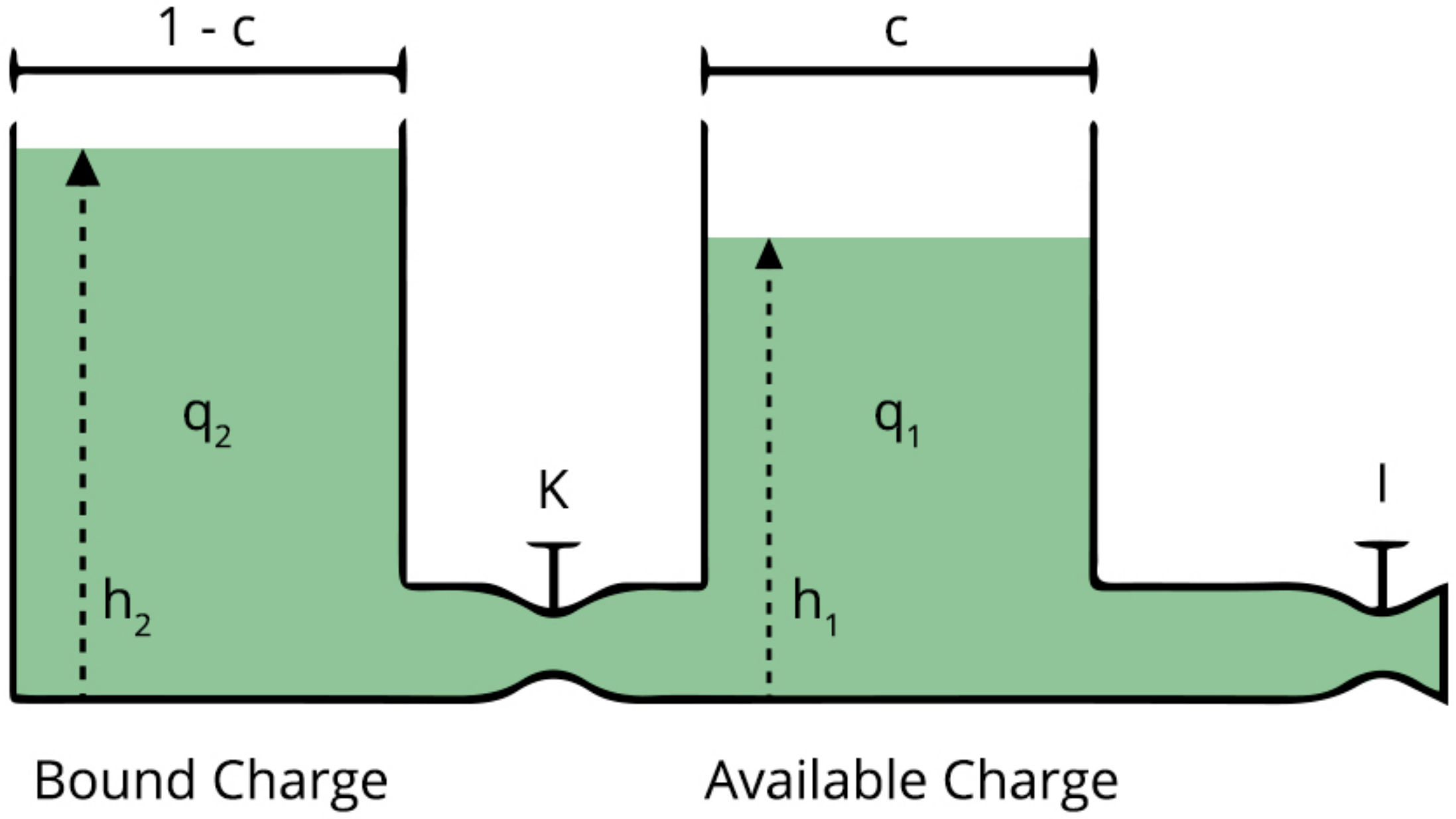
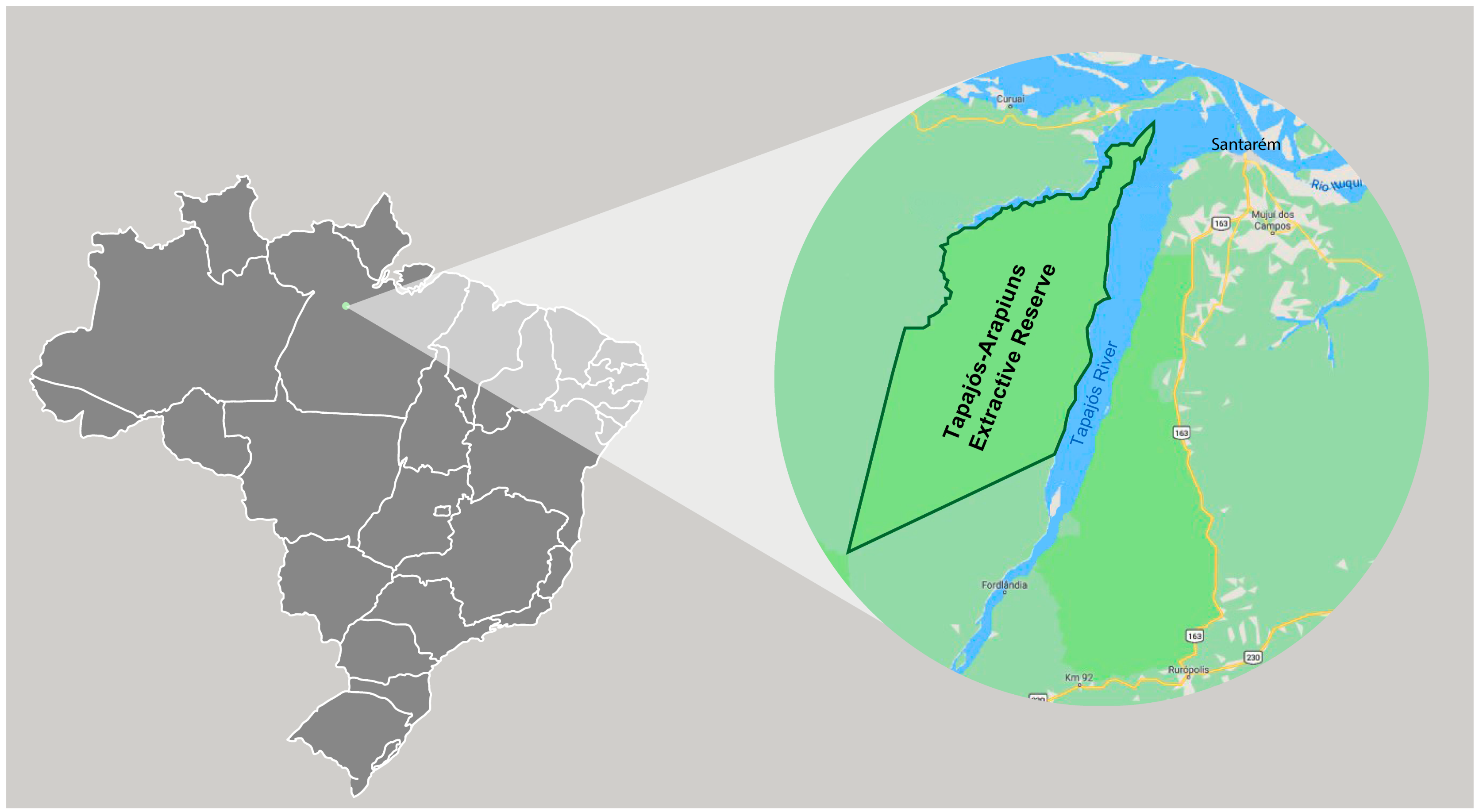
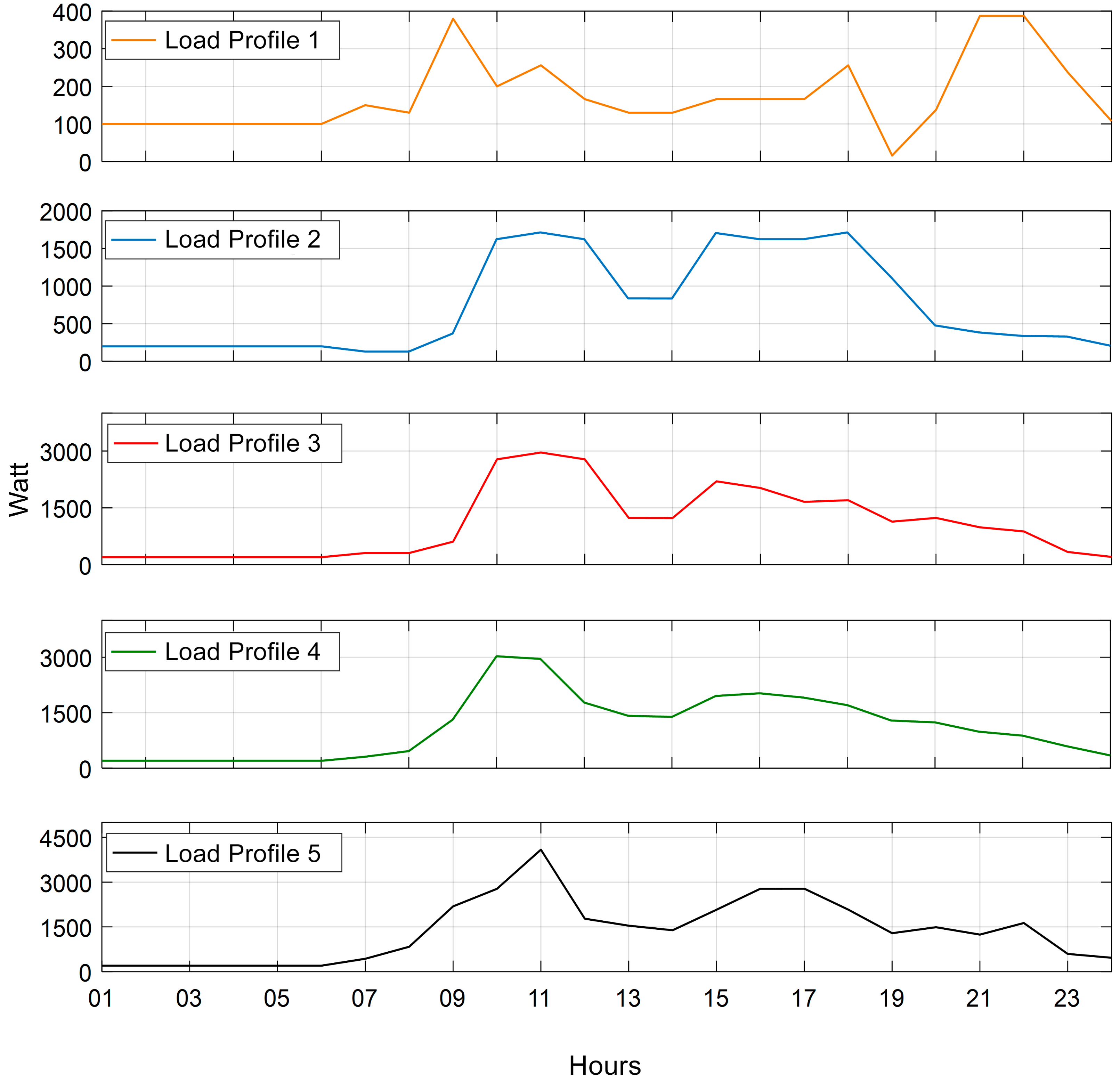
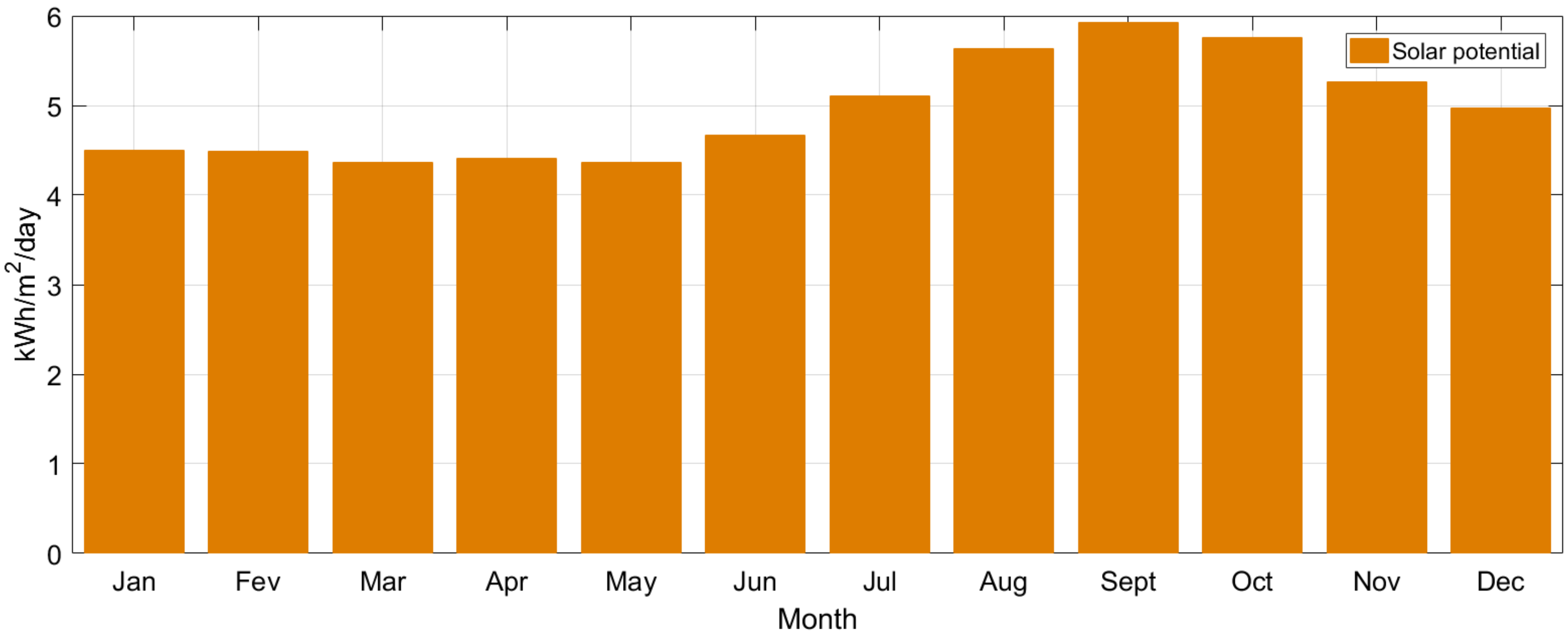
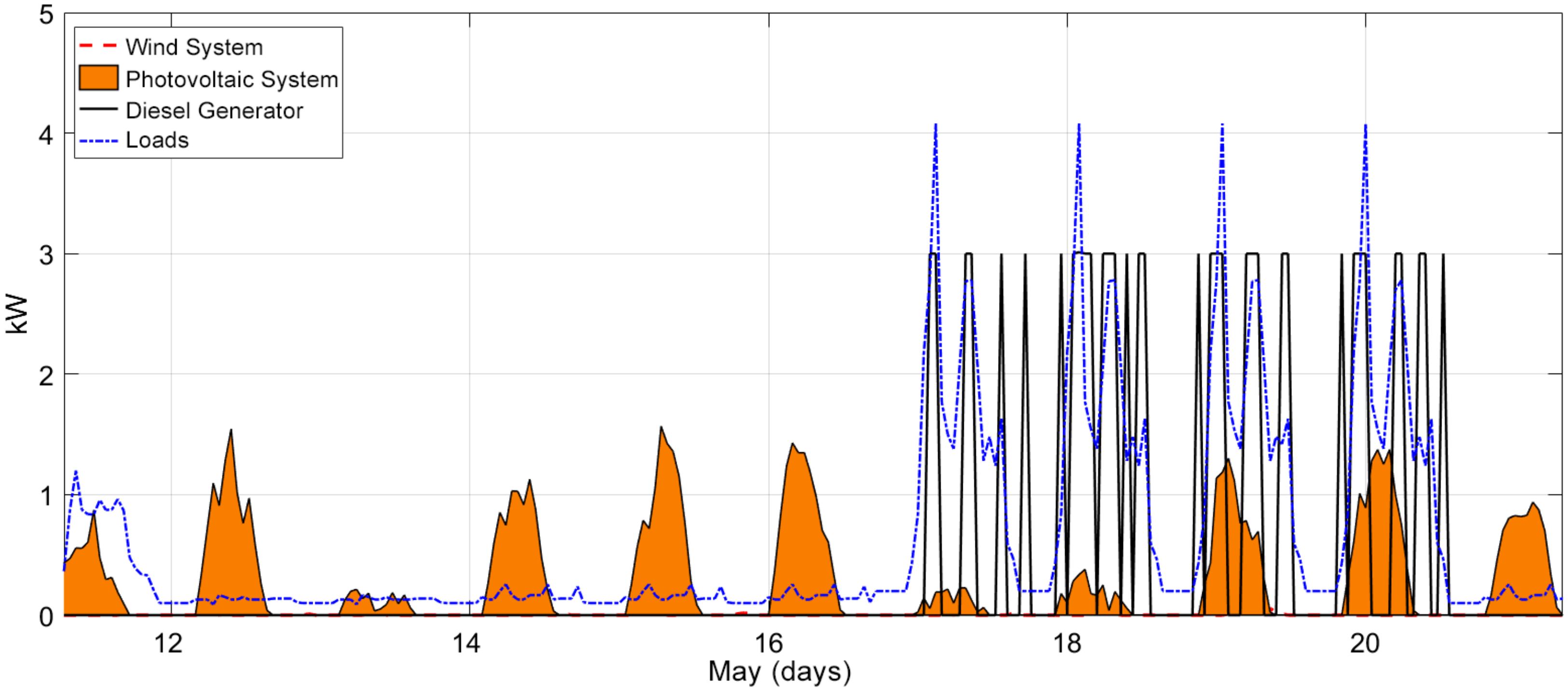

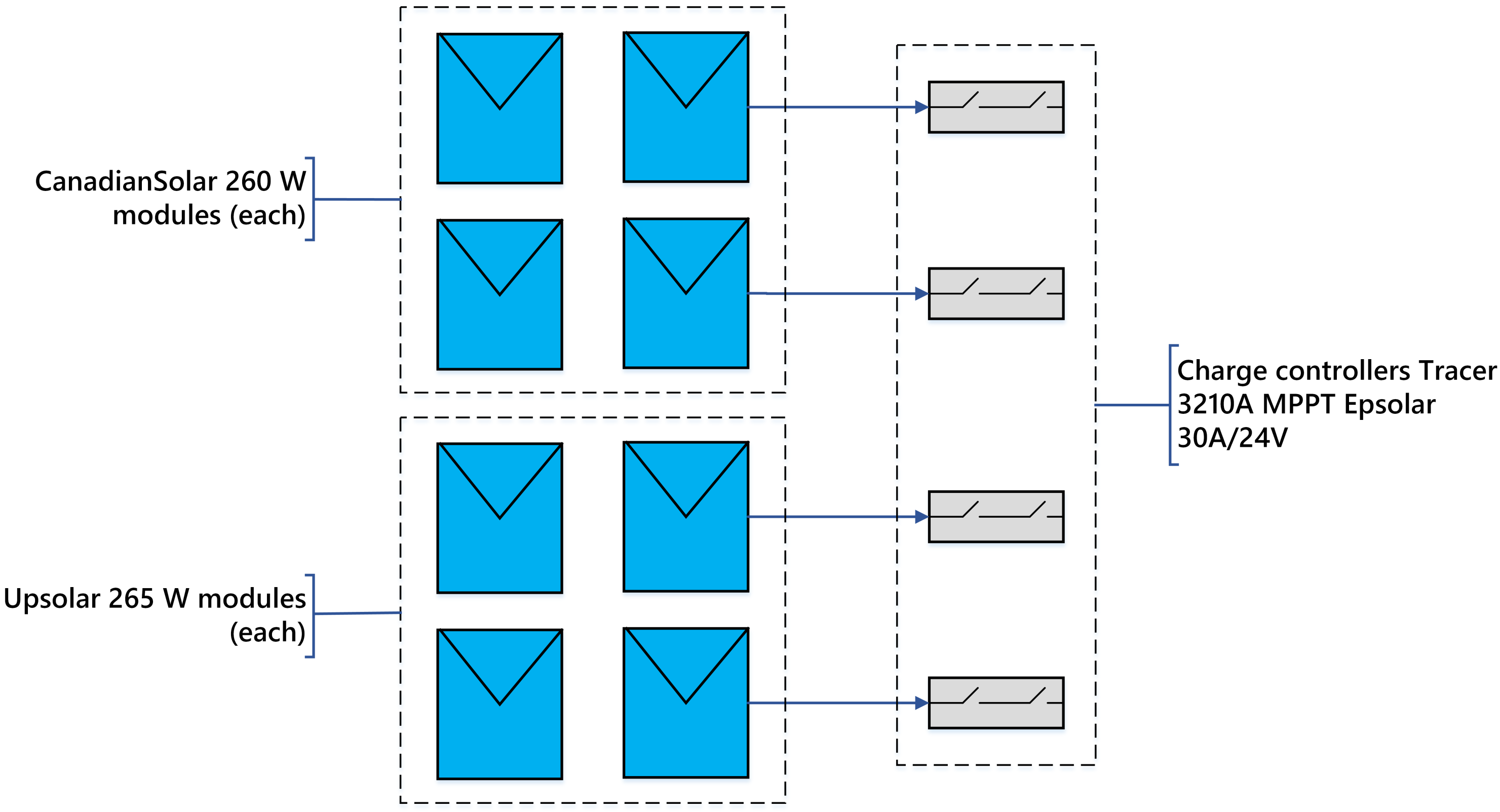
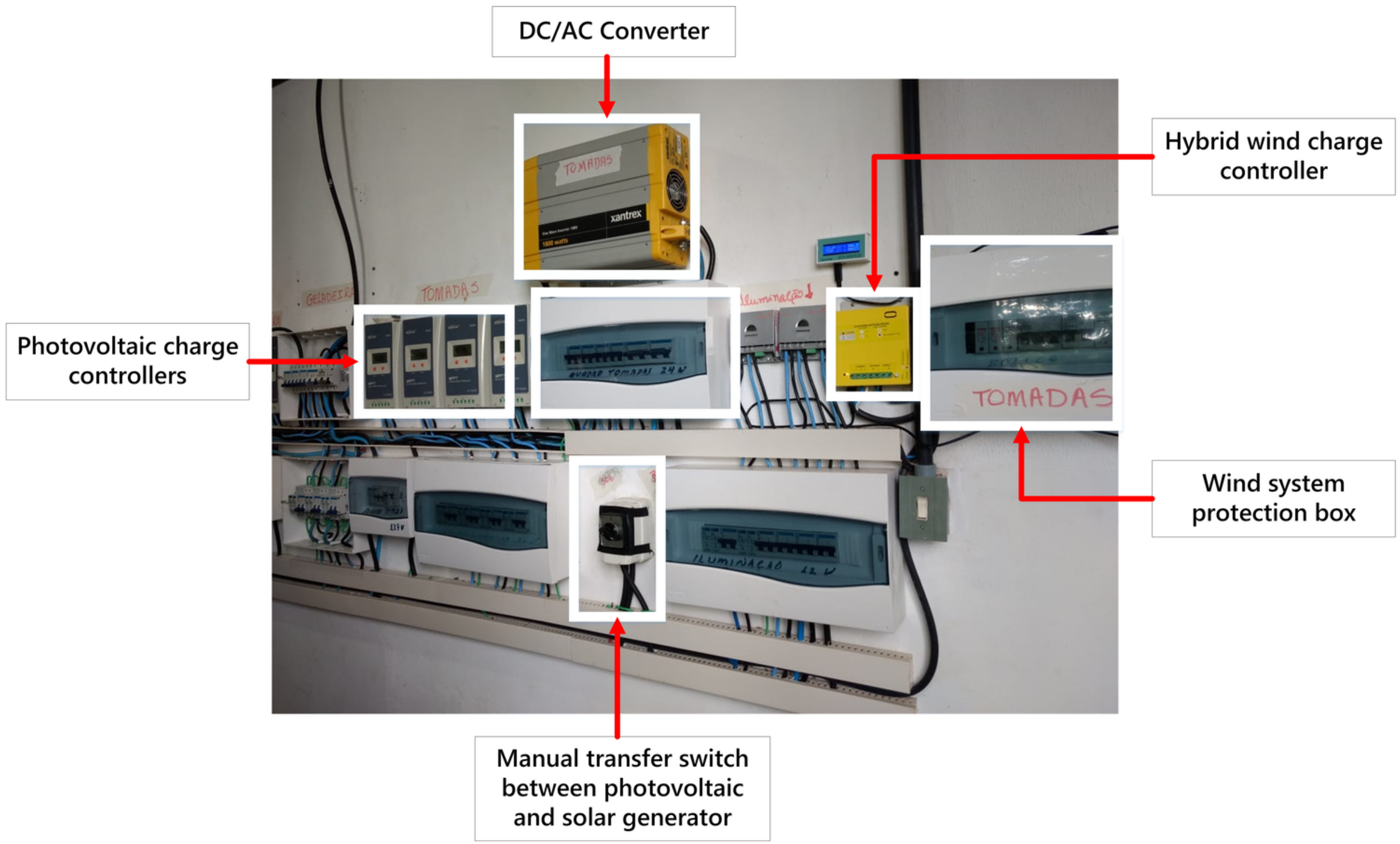
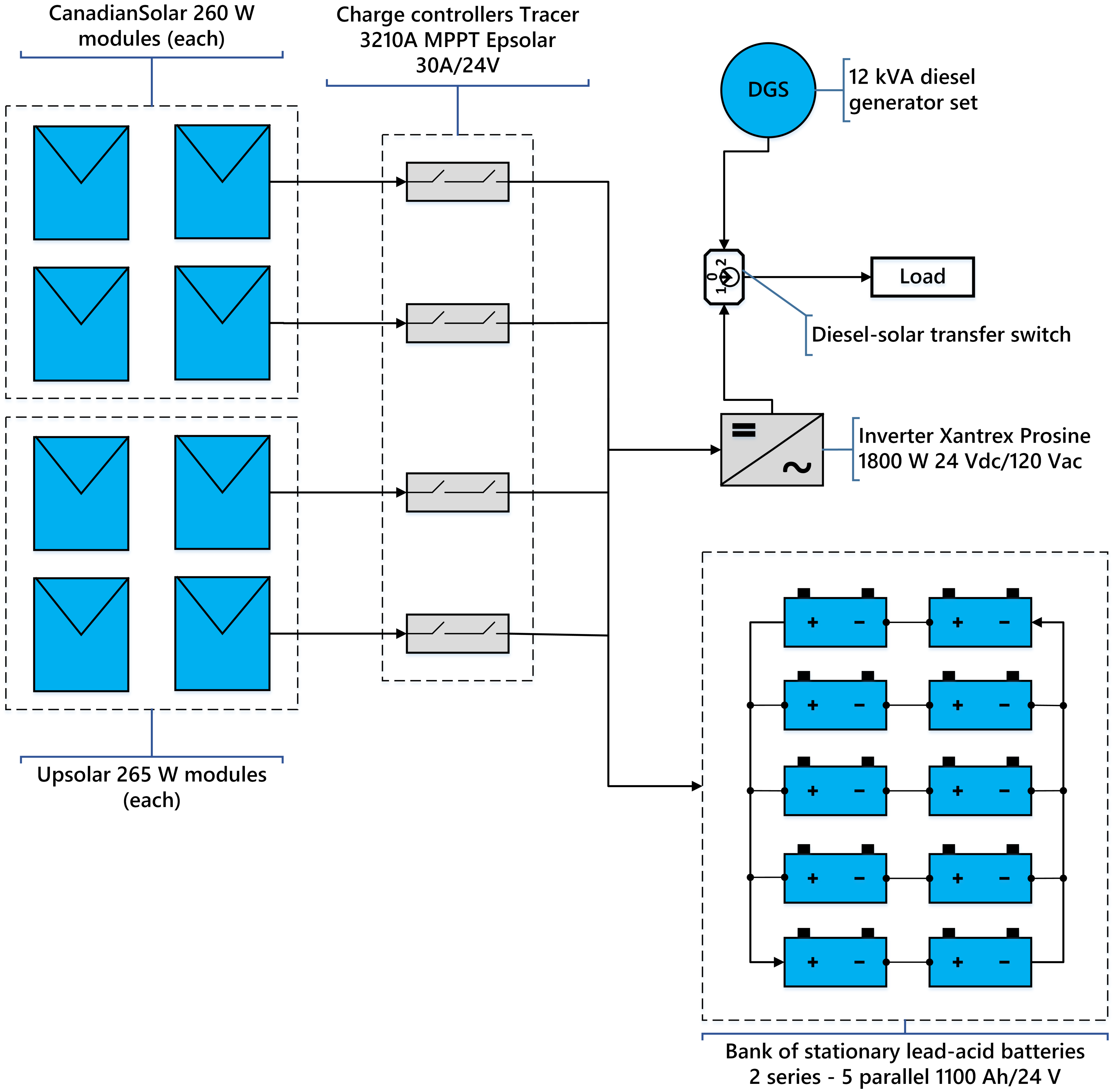
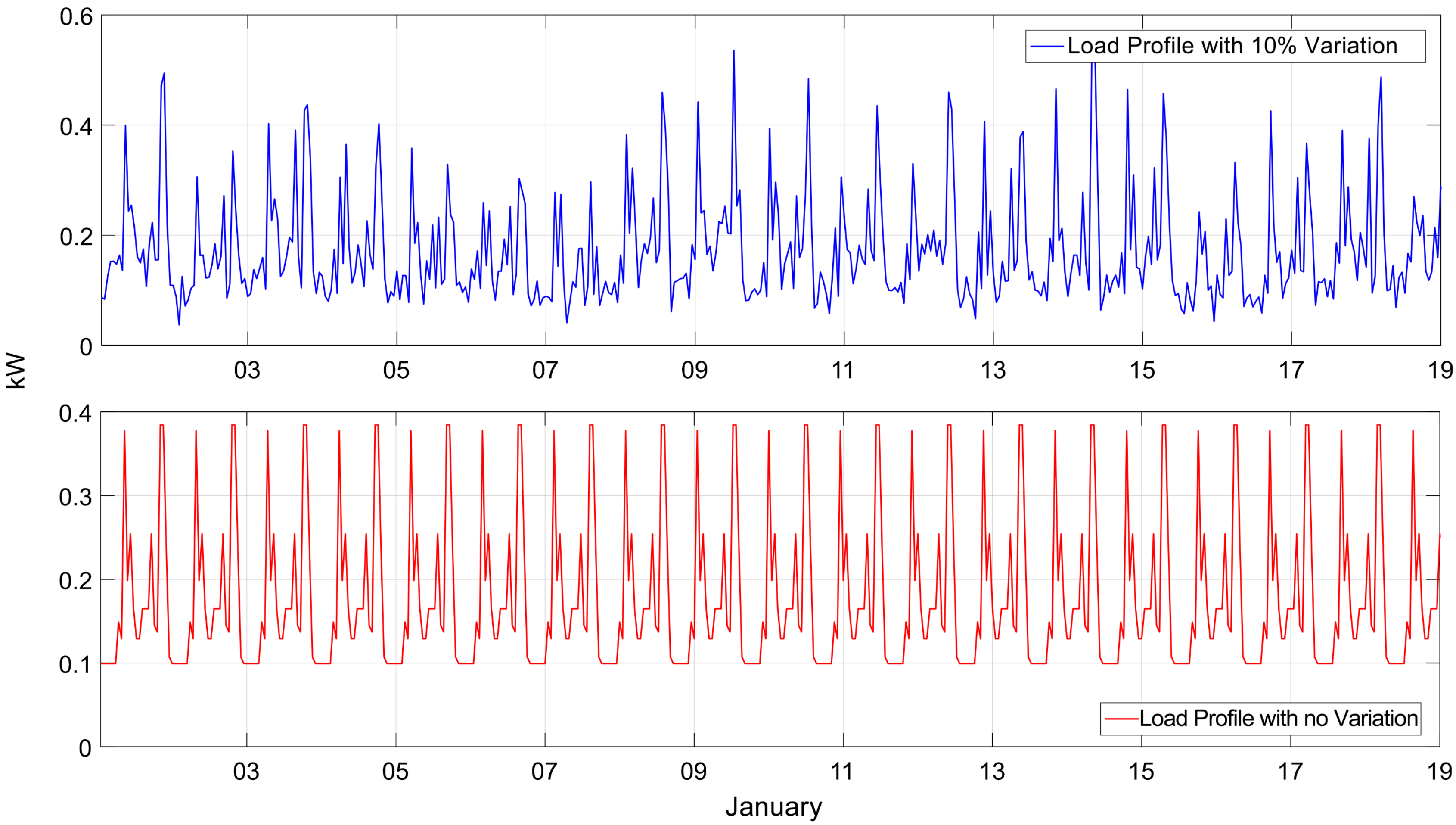
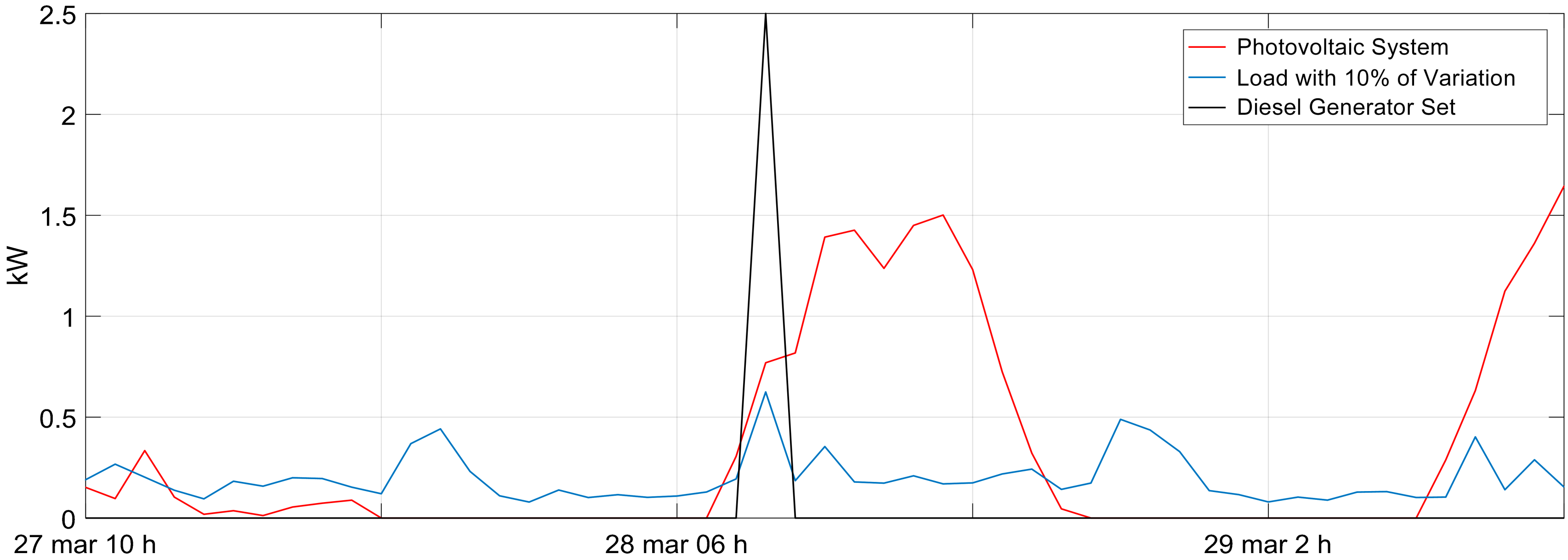
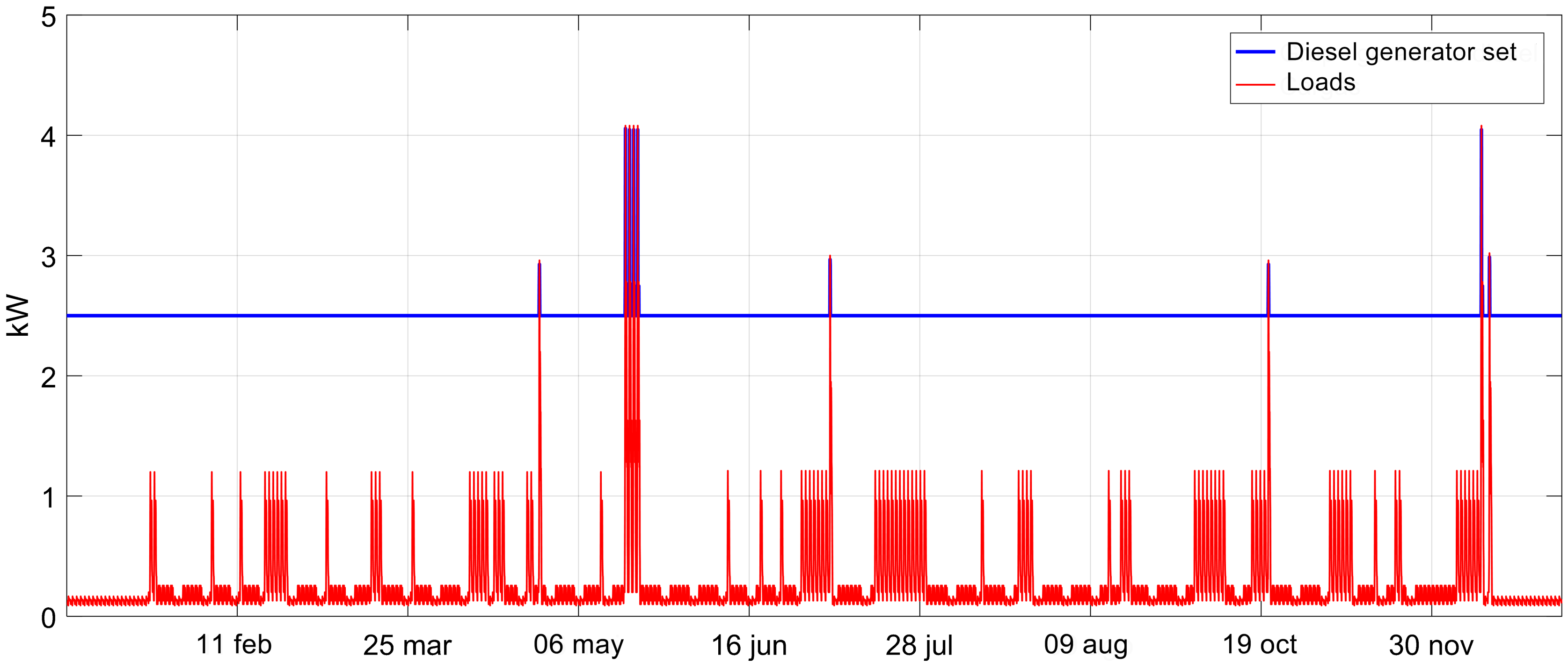


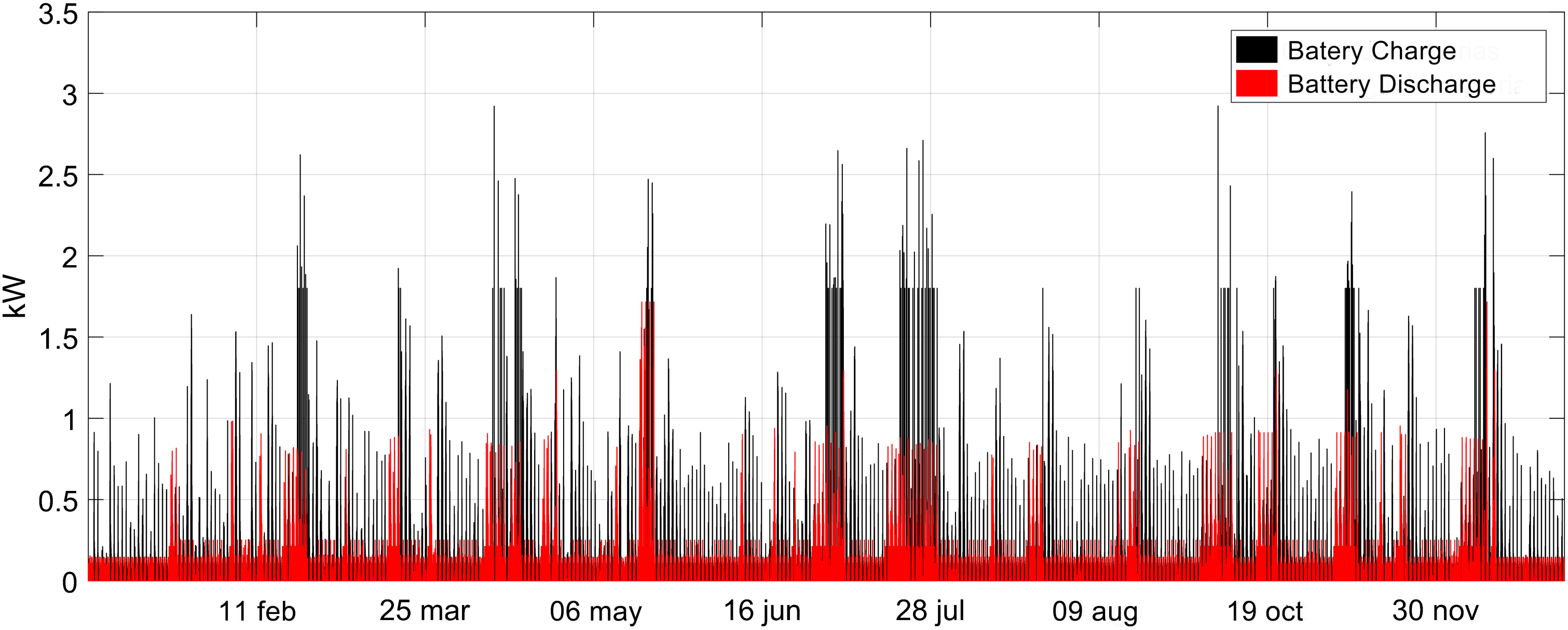

| Thicket | Open Field | Coastal Area | Hill | Mountain | ||||||
|---|---|---|---|---|---|---|---|---|---|---|
| Class | (m/s) | (W/m) | (m/s) | E (W/m) | (m/s) | (W/m) | (m/s) | (W/m) | (m/s) | (W/m) |
| 4 | >6 | >200 | >7 | >300 | >8 | >480 | >9 | >700 | >11 | >1250 |
| 3 | 4.5–6 | 80–200 | 6–7 | 200–300 | 6.5–8 | 250–480 | 7.5–9 | 380–700 | 8.5–11 | 650–1250 |
| 2 | 3–4.5 | 25–80 | 4.5–6 | 80–200 | 5–6.5 | 100–250 | 6–7.5 | 200–380 | 7–8.5 | 300–650 |
| 1 | <3 | <25 | <4.5 | <80 | <5 | <100 | <6 | <200 | <7 | <300 |
| Model Xantrex PROsine | |
|---|---|
| Output power | 1800 W |
| Outbreak classification | 2900 W |
| Output current (peak) | 45 A |
| Output voltage (AC) | 120 V |
| Output frequency | 60 Hz |
| UP-M265P | CS6P-260 | |
|---|---|---|
| Manufacturer | Upsolar | CanadianSolar |
| Nominal Max. Power (Pm) | 256 W | 260 W |
| Opt. Operating Voltage (Vmp) | 31.6 V | 30.4 V |
| Opt. Operating Current (Imp) | 8.40 A | 8.56 A |
| Open Circuit Voltage (Voc) | 38.8 V | 37.5 V |
| Short Circuit Current (Isc) | 8.70 A | 9.12 A |
| Module Efficiency | 16.3% | 16.16% |
| Quantity | Diesel | PV/Diesel |
|---|---|---|
| Carbon dioxide (kg/year) | 4499 | 592 |
| Carbon monoxide (kg/year) | 34.0 | 4.48 |
| Unburned hydrocarbons (kg/year) | 1.24 | 0.163 |
| Particule matter (kg/year) | 2.06 | 0.271 |
| Sulfur dioxide (kg/year) | 11.0 | 1.45 |
| Nitrogen oxides (kg/year) | 38.7 | 5.09 |
| Pollutants | Effects Caused |
|---|---|
| Carbon dioxide (CO) | Air pollution, greenhouse effect imbalance, acid rain, cardiovascular and respiratory diseases. |
| Carbon monoxide (CO) | Acts in the blood reducing oxygenation, nausea and intoxication. |
| Unburned hydrocarbons (UHCs) | Precursors of the formation of tropospheric ozone and the potential cause of greenhouse effect (methane). |
| Particule matter (PM) | Respiratory cancer, lung inflammation and asthma symptoms. |
| Sulfur dioxide (SO) | In the body they cause respiratory problems like asthma and the environment reacts with water in the atmosphere forming acid rain. |
| Nitrogen oxides (NO) | It causes pulmonary edema in the human body and the environment prevents gas exchange, harming the process of photosynthesis. |
© 2020 by the authors. Licensee MDPI, Basel, Switzerland. This article is an open access article distributed under the terms and conditions of the Creative Commons Attribution (CC BY) license (http://creativecommons.org/licenses/by/4.0/).
Share and Cite
Costa, T.S.; Villalva, M.G. Technical Evaluation of a PV-Diesel Hybrid System with Energy Storage: Case Study in the Tapajós-Arapiuns Extractive Reserve, Amazon, Brazil. Energies 2020, 13, 2969. https://doi.org/10.3390/en13112969
Costa TS, Villalva MG. Technical Evaluation of a PV-Diesel Hybrid System with Energy Storage: Case Study in the Tapajós-Arapiuns Extractive Reserve, Amazon, Brazil. Energies. 2020; 13(11):2969. https://doi.org/10.3390/en13112969
Chicago/Turabian StyleCosta, Tatiane Silva, and Marcelo Gradella Villalva. 2020. "Technical Evaluation of a PV-Diesel Hybrid System with Energy Storage: Case Study in the Tapajós-Arapiuns Extractive Reserve, Amazon, Brazil" Energies 13, no. 11: 2969. https://doi.org/10.3390/en13112969
APA StyleCosta, T. S., & Villalva, M. G. (2020). Technical Evaluation of a PV-Diesel Hybrid System with Energy Storage: Case Study in the Tapajós-Arapiuns Extractive Reserve, Amazon, Brazil. Energies, 13(11), 2969. https://doi.org/10.3390/en13112969





